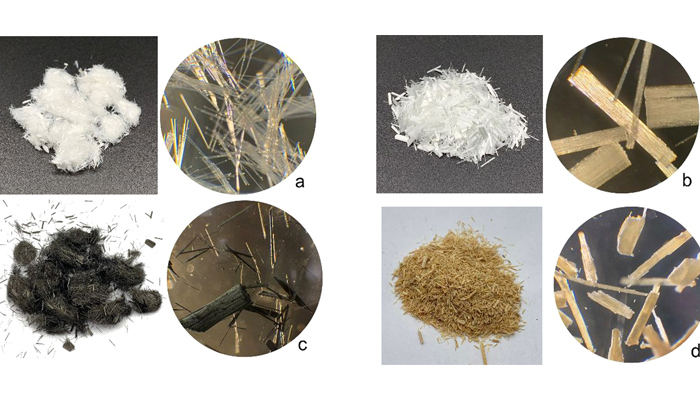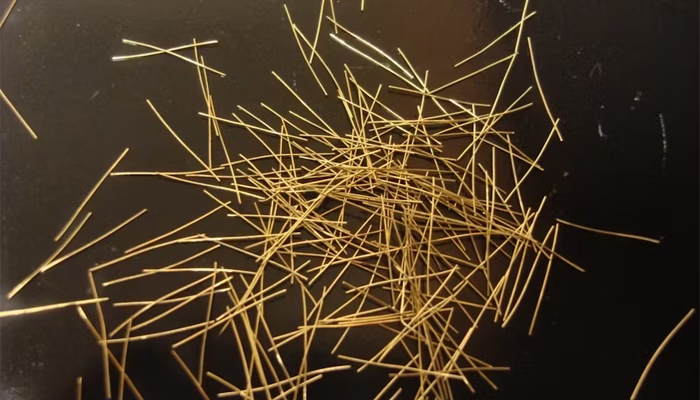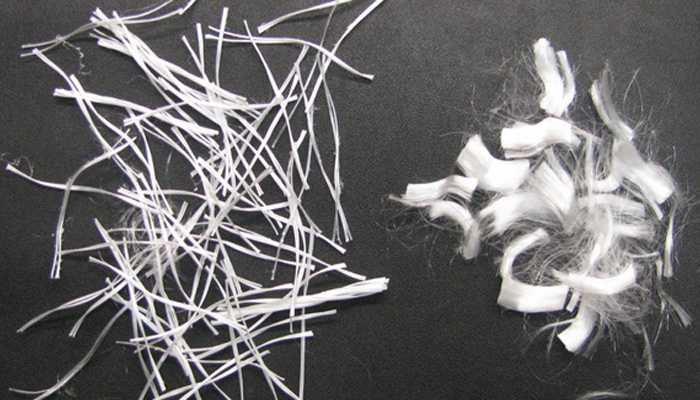Discover the transformative role of steel fiber in construction—what is steel fiber, and how it enhances structural integrity. Zhongwu steel fiber emerges as a game-changer. Explore its impact and applications in this comprehensive exploration.
Zhongwu Steel fiber is a type of reinforcing material used in construction and engineering projects. It is made by extruding steel strands through a die to create a continuous fiber that can be wound into a variety of shapes and sizes.
The resulting product is strong, durable, and versatile, making it an ideal choice for a wide range of applications. In this article, we will explore the properties and uses of steel fiber, as well as its benefits and drawbacks.
What is Steel Fiber?
Steel fiber is a type of reinforcing material made from extruded steel strands. It is created by passing steel strands through a die to create a continuous fiber.
That can be wound into a variety of shapes and sizes. The resulting product is strong, durable, and versatile, making it an ideal choice for a wide range of applications.

Properties of Steel Fiber
Steel fiber has several key properties that make it an attractive choice for construction and engineering projects. Some of these properties include:
- High strength: Steel fiber is incredibly strong, with a tensile strength of up to 100,000 psi (pounds per square inch). This makes it capable of withstanding heavy loads and resisting deformation.
- High durability: Steel fiber is highly resistant to corrosion and wear, making it a long-lasting option for outdoor and harsh environment applications.
- Versatility: Steel fiber can be wound into a variety of shapes and sizes, making it suitable for a wide range of applications.
- Low cost: Steel fiber is generally less expensive than other types of reinforcing materials, such as rebar or mesh.
Uses of Steel Fiber
Steel fiber is commonly used in a variety of construction and engineering projects, including:
- Concrete reinforcement: Steel fiber is often used to reinforce concrete structures, such as bridges, buildings, and highways.
- Geotextiles: Steel fiber is used in geotextiles, which are used to stabilize soil and prevent erosion.
- Composites: Steel fiber is used in composite materials, such as carbon fiber reinforced polymers (CFRP), which are used in aerospace and automotive applications.
- Medical devices: Steel fiber is used in medical devices, such as implants and surgical instruments.
Benefits of Steel Fiber
There are several benefits to using steel fiber in construction and engineering projects. Some of these benefits include:
- Improved strength: Steel fiber provides improved strength and durability to structures, making them more resistant to damage and deformation.
- Reduced weight: Steel fiber is lighter than traditional reinforcing materials, such as rebar, making it easier to transport and install.
- Enhanced flexibility: Steel fiber can be wound into a variety of shapes and sizes, making it suitable for a wide range of applications.
- Cost-effectiveness: Steel fiber is generally less expensive than other types of reinforcing materials, making it a cost-effective option for many projects.

Drawbacks of Steel Fiber
While steel fiber offers many benefits, there are also some drawbacks to consider. Some of these drawbacks include:
- Limited ductility: Steel fiber is not as flexible as some other types of reinforcing materials, such as rebar. This can limit its use in certain applications.
- Susceptibility to corrosion: Steel fiber is susceptible to corrosion, particularly when exposed to saltwater or other corrosive substances.
- Limited recyclability: Steel fiber is difficult to recycle, making it a less sustainable option than some other types of reinforcing materials.
Conclusion
Steel fiber is a versatile and durable reinforcing material that is widely used in construction and engineering projects. Its high strength, low cost, and versatility make it an attractive choice for a wide range of applications. While there are some drawbacks to consider, the benefits of steel fiber make it a popular choice for many projects.
